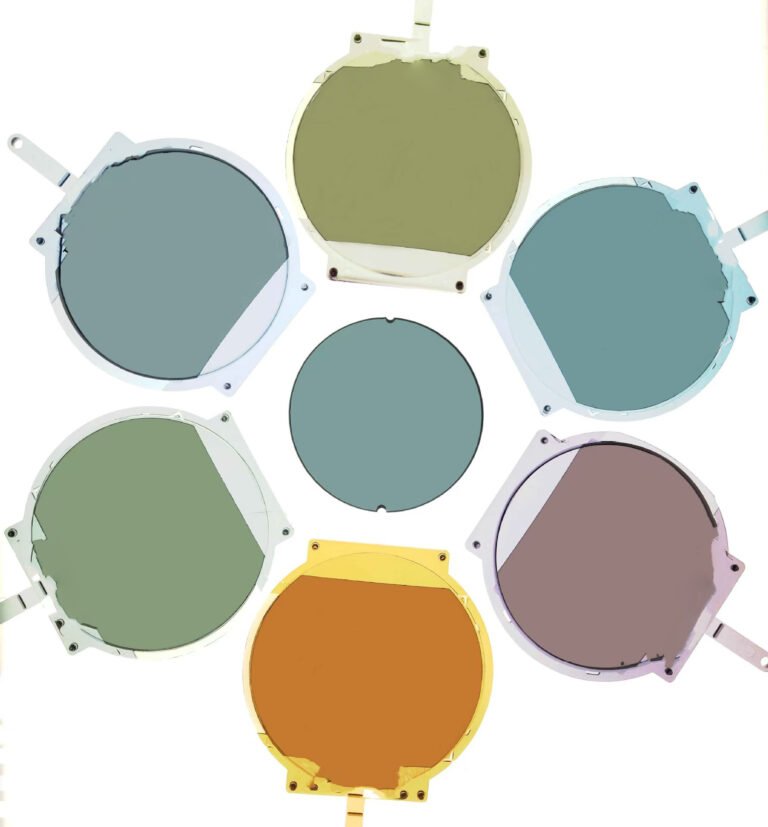Exploring Sunglasses Lens Materials–A Comprehensive Guide
Sunglasses aren’t just about style—they’re about safeguarding your eyes from harmful UV rays while ensuring clear and comfortable vision. But with so many lens materials available, how do you know which is right for you? Let’s dive into the details of various sunglasses lens materials to help you make the best choice.
Polycarbonate Lenses (PC)
Polycarbonate (PC) lenses are made from a thermoplastic polymer known for its high impact resistance and optical clarity.
Advantages
- Lightweight and Comfortable: PC lenses are incredibly lightweight, making them ideal for all-day wear.
- Durability: These lenses are highly impact-resistant, often used in sports sunglasses and safety glasses. Their toughness makes them suitable for activities where durability is key.
- High Optical Performance: Despite their thinness, PC lenses maintain excellent optical clarity.
Disadvantages
- Scratch Resistance: While they are tough, PC lenses can be prone to scratches unless treated with a protective coating.
- Heat Sensitivity: PC lenses can deform at high temperatures, which may affect their optical performance.
Ideal Use Cases
PC lenses are perfect for sports enthusiasts, children, and anyone needing durable eyewear for active lifestyles. They are also a popular choice for rimless or semi-rimless sunglasses.
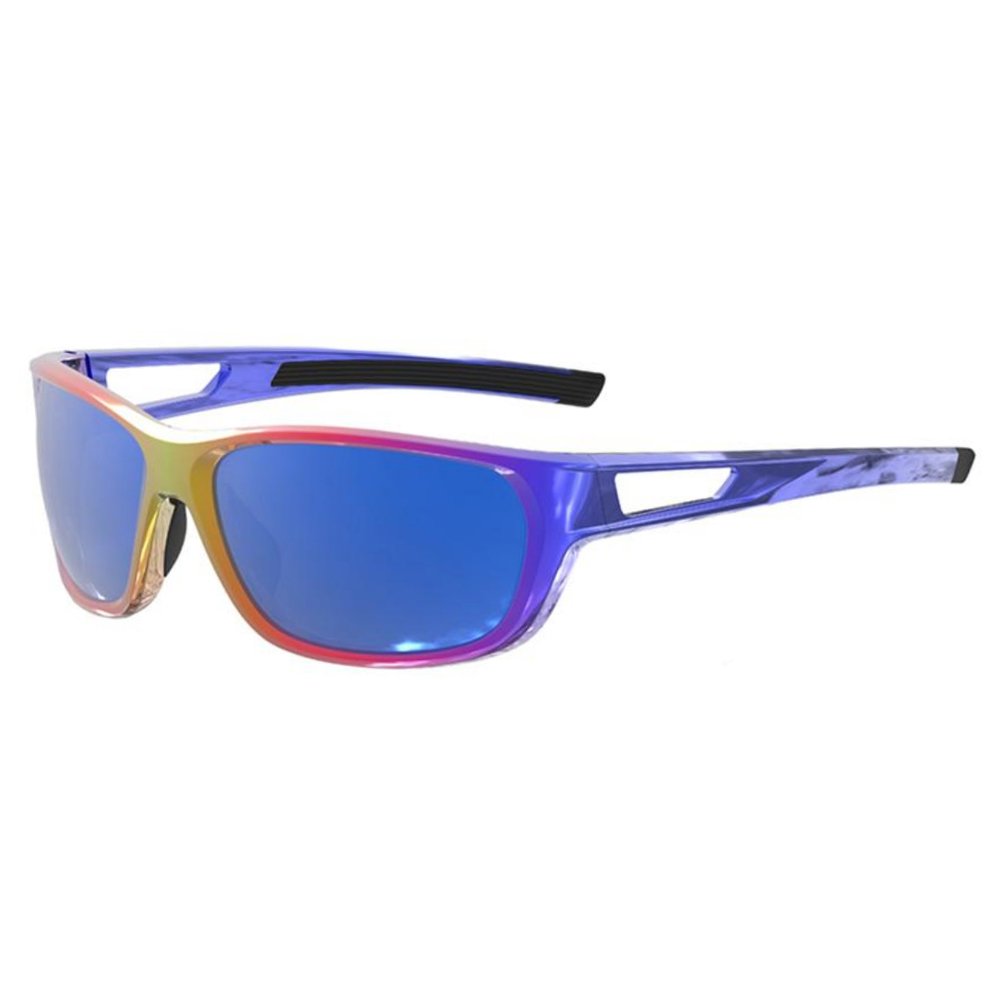

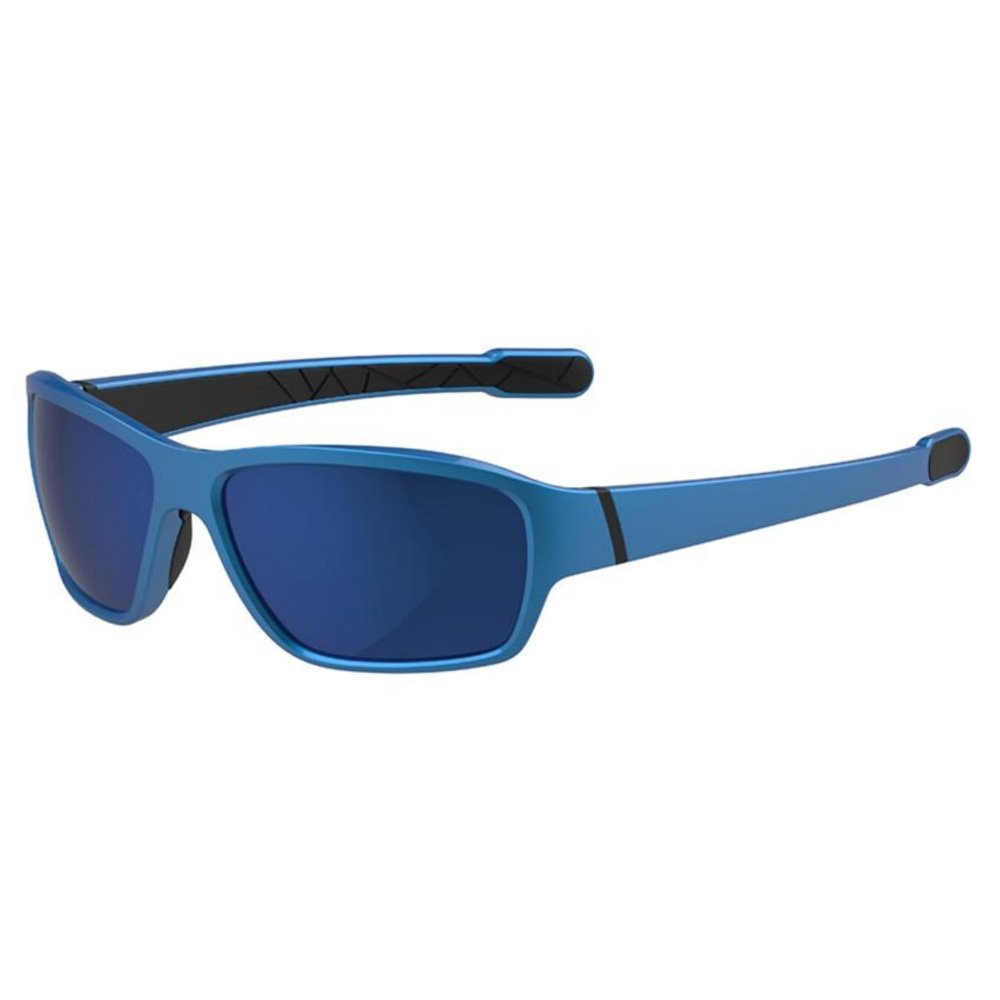
Glass Lenses
Glass lenses have a long history of use in optics and are known for their superior clarity and scratch resistance.
Advantages
- Exceptional Clarity: Glass lenses offer the best optical clarity, providing sharp and distortion-free vision.
- Scratch Resistance: They are highly resistant to scratches, maintaining their pristine condition over time.
- UV Protection: Glass lenses effectively block UVA and UVB rays, protecting your eyes from harmful radiation.
Disadvantages
- Weight: Glass lenses are heavier than other materials, which can cause discomfort during prolonged wear.
- Fragility: Although durable, glass lenses can shatter upon impact, posing a risk of injury.
- Limited Frame Compatibility: Due to their weight and thickness, glass lenses are not suitable for all frame styles.
Ideal Use Cases
Glass lenses are ideal for those who prioritize visual clarity and scratch resistance.


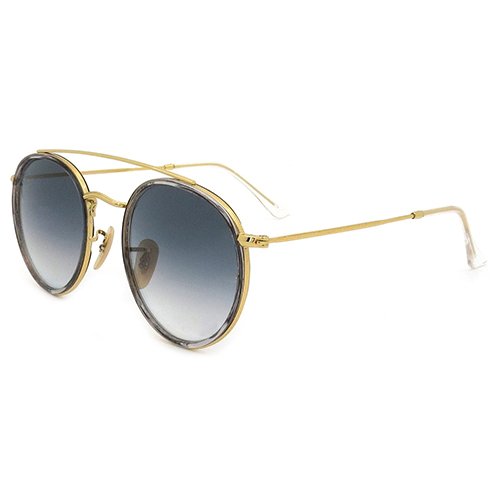
Polarized Lenses (TAC)
Polarized lenses, often made from triacetate cellulose (TAC), are designed to reduce glare and improve visual comfort.
Advantages
- Glare Reduction: Polarized lenses effectively eliminate glare from reflective surfaces like water, snow, and roads, making them perfect for outdoor activities.
- Lightweight and Thin: TAC lenses are ultra-light and thin, making them comfortable to wear.
- UV Protection: They block up to 99% of harmful UV rays, ensuring your eyes are well-protected.
Disadvantages
- Average Wear Resistance: TAC lenses are prone to scratches and may not be as durable as other materials.
- Water Absorption: TAC lenses can absorb water, which may affect their optical performance in humid conditions.
Ideal Use Cases
Polarized lenses are best suited for outdoor activities like fishing, boating, driving, and skiing, where glare reduction is crucial.



Nylon Lenses (PA)
Nylon lenses are known for their flexibility, impact resistance, and lightweight nature, making them a popular choice in high-performance sunglasses.
Advantages
- Flexibility: Nylon lenses can be molded into various shapes and styles, allowing for creative frame designs.
- Impact Resistance: These lenses are tough and can withstand significant impact, making them ideal for sports and outdoor activities.
- Lightweight: Despite their durability, nylon lenses are lighter than many other materials, enhancing comfort.
Disadvantages
- Scratch Resistance: Nylon lenses are not as scratch-resistant as glass or CR-39 lenses and may require additional coatings.
- Cost: Nylon lenses are more expensive to produce, which is reflected in the price of the sunglasses.
Ideal Use Cases
Nylon lenses are excellent for fashion-forward individuals, and those who require durable yet stylish eyewear.

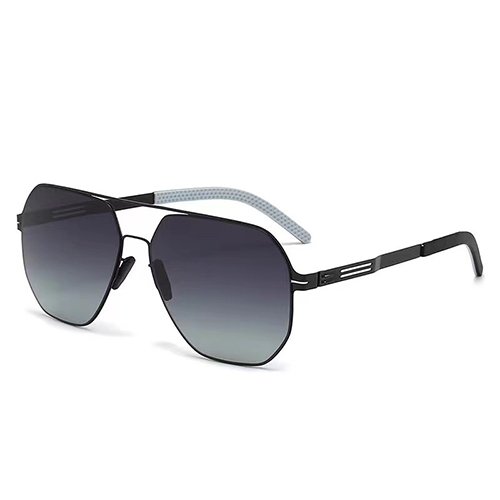

CR-39 Lenses
CR-39 lenses are made from a thermosetting plastic polymer and are widely used due to their balanced optical and physical properties.
Advantages
- Lightweight: CR-39 lenses are lighter than glass, making them comfortable for extended wear.
- Good Optical Clarity: They offer excellent visual clarity, comparable to that of glass lenses.
- Scratch Resistance: CR-39 lenses are more scratch-resistant than basic plastic lenses, making them durable for everyday use.
Disadvantages
- Lower Impact Resistance: CR-39 lenses are less impact-resistant compared to PC and nylon lenses, making them unsuitable for high-risk activities.
- Thickness: For higher prescriptions, CR-39 lenses can be thicker than other materials, which may not be aesthetically pleasing.
Ideal Use Cases
CR-39 lenses are a great choice for everyday wear, especially for those who prioritize comfort and clarity without the need for extreme durability.


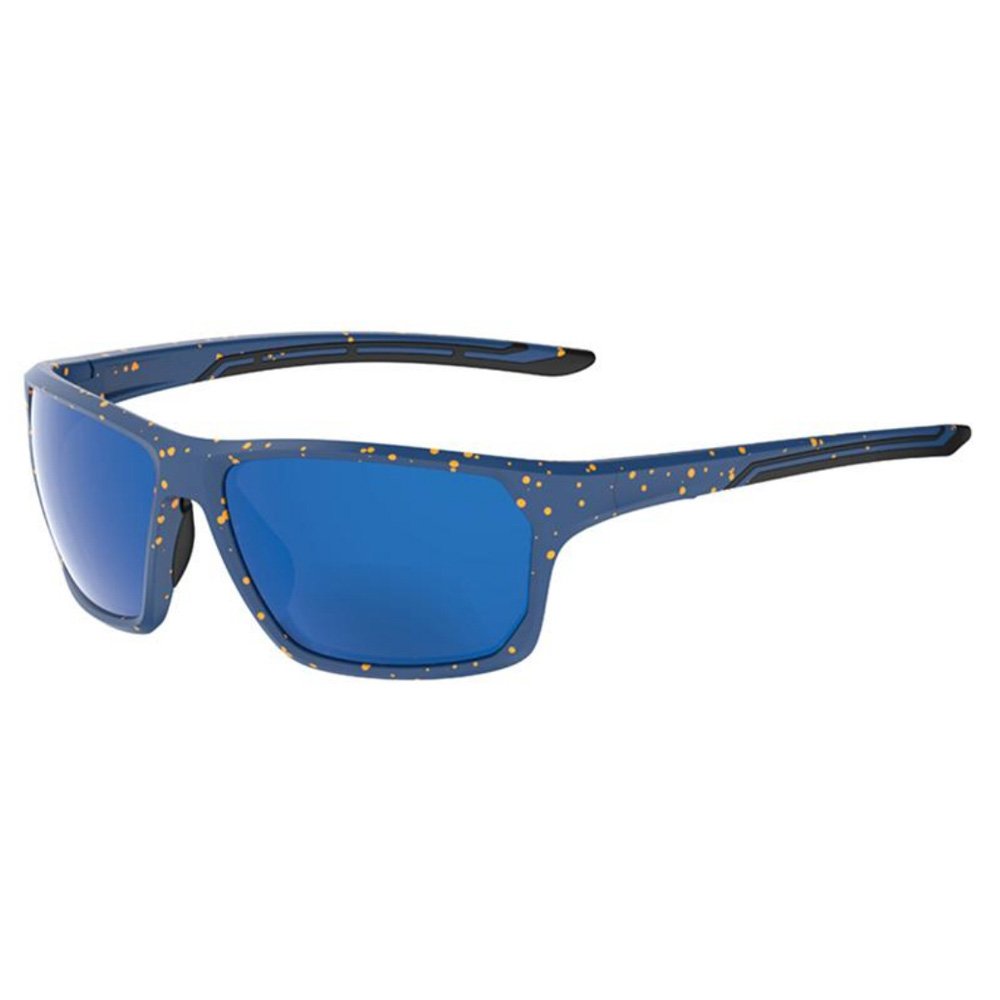
Acrylic Lenses (AC)
Acrylic lenses, made from polymethyl methacrylate (PMMA), are a budget-friendly option for sunglasses.
Advantages
- Affordable: Acrylic lenses are among the cheapest lens materials, making them accessible to a wide audience.
- Lightweight: They are light, reducing the strain on your nose and ears during prolonged wear.
- Easy to Manufacture: The simple manufacturing process of acrylic lenses keeps costs low, making them a popular choice for mass-produced sunglasses.
Disadvantages
- Low Durability: Acrylic lenses are not very durable and can scratch easily, reducing their lifespan.
- Optical Clarity: They do not offer the same level of optical clarity as other materials like glass or CR-39.
- Heat Sensitivity: Acrylic lenses can warp when exposed to high temperatures, affecting their performance.
Ideal Use Cases
Acrylic lenses are suitable for reading glasses, casual use or as backup sunglasses. They are an excellent choice for those on a tight budget or for temporary use.



Comparing Lens Materials
When choosing sunglasses, it’s essential to consider the different characteristics of lens materials:
- Durability: Glass and nylon lenses are the most durable, with excellent resistance to scratches and impacts.
- Optical Clarity: Glass and CR-39 lenses offer the highest optical clarity, ensuring sharp and distortion-free vision.
- Weight and Comfort: Polycarbonate and acrylic lenses are the lightest, providing comfort for extended wear.
- Cost Considerations: Acrylic and polycarbonate lenses are more affordable, while nylon and glass lenses tend to be more expensive.
Choosing the Right Lens Material for Your Needs
Selecting the right lens material depends on your lifestyle, activities, and budget:
- Active Lifestyles: For sports or outdoor activities, opt for polycarbonate, nylon, or polarized TAC lenses, which offer durability and glare reduction.
- Everyday Wear: CR-39 lenses provide a good balance of clarity, comfort, and scratch resistance for daily use.
- Fashion-Forward Choices: Nylon lenses allow for versatile design options, perfect for those looking to make a style statement.
- Budget-Conscious: Acrylic lenses are a cost-effective choice, ideal for casual use or as a backup pair of sunglasses.
Conclusion
Choosing the right lens material for your sunglasses is crucial for ensuring comfort, durability, and optimal vision. Whether you prioritize clarity, impact resistance, or affordability, understanding the pros and cons of each material will help you make an informed decision. From the lightweight polycarbonate to the crystal-clear glass, each lens material has unique qualities suited to different needs and lifestyles.



FAQs
1. What is the most durable lens material?
Polycarbonate and Nylon lenses are the most durable, offering high impact resistance and flexibility.
2. Are polarized lenses worth the extra cost?
Yes, if you frequently deal with glare from reflective surfaces, polarized lenses can significantly improve visual comfort and clarity.
3. Can I replace the lenses in my sunglasses?
In many cases, yes. However, it’s best to check with the manufacturer or a professional optician to ensure compatibility.
4. How do I know if my sunglasses have UV protection?
Look for a label indicating 100% UVA and UVB protection, or consult with the seller or manufacturer.
5. Which lens material is best for outdoor sports?
PC and TAC lenses are ideal for outdoor sports due to their lightweight and impact-resistant properties.
The End
Thank you very much for your reading.

